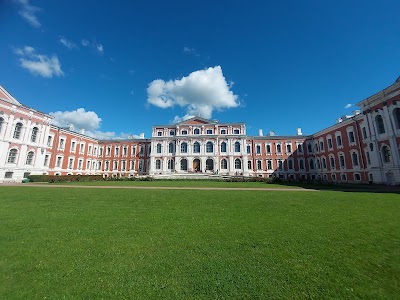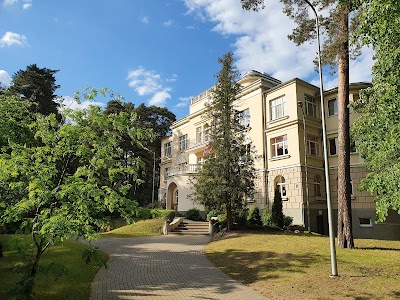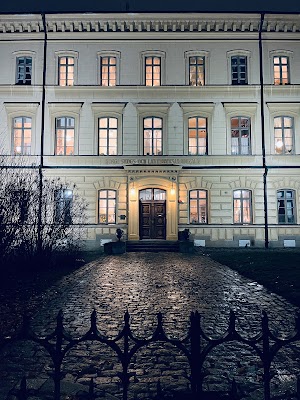Jelgava Bridge (Jelgavas tilts)
Overview
Introduction to Jelgava Bridge
Nestled in the picturesque town of Jelgava, Latvia, the Jelgava Bridge (Jelgavas tilts) stands as a striking example of engineering and architectural beauty. Spanning the mighty Lielupe River, this bridge has not only become a vital transportation link but also a beloved landmark for both locals and visitors. Its unique design and historical significance make it a must-visit for anyone exploring this charming region of Latvia.
Historical Significance
Originally constructed in the early 20th century, the Jelgava Bridge was completed in 1907 and was designed by the renowned engineer Augusts Lācis. The bridge was built to accommodate the growing needs of Jelgava, which was then an important cultural and economic center in Latvia. Over the years, the bridge has witnessed significant historical events, including the tumultuous periods of World Wars and the subsequent independence of Latvia. Today, it serves not only as a functional structure but also as a testament to the resilience and spirit of the Latvian people.
Architectural Features
The Jelgava Bridge is an impressive steel arch bridge that stretches 332 meters in length, making it one of the longest bridges in Latvia. Its elegant arches and intricate detailing showcase a blend of Art Nouveau and Industrial architectural styles, making it a visual delight for photography enthusiasts and casual observers alike. The bridge is lined with decorative lampposts and features a dedicated pedestrian walkway, allowing visitors to stroll across and enjoy panoramic views of the surrounding landscapes, including the serene riverbanks and the charming town of Jelgava.
Activities and Attractions Nearby
Visiting the Jelgava Bridge offers more than just a glimpse of its architectural splendor. The area surrounding the bridge is rich in attractions that cater to various interests. Just a short walk from the bridge, you can explore the stunning Jelgava Palace, a magnificent Baroque structure that was once the residence of the Duke of Courland. The palace is surrounded by beautifully landscaped gardens, perfect for a leisurely afternoon stroll.
For those interested in outdoor activities, the banks of the Lielupe River are ideal for picnics, cycling, or simply enjoying the natural beauty of the area. The nearby Jelgava Nature Park offers walking trails and opportunities to observe local wildlife, making it a great spot for nature lovers.
Conclusion
In conclusion, the Jelgava Bridge is much more than just a means of crossing the river; it is a symbol of Jelgava’s rich history and cultural heritage. Whether you're an architecture enthusiast, a history buff, or simply seeking to soak in the beauty of Latvia, a visit to this remarkable landmark is sure to leave a lasting impression. So, when planning your trip to Latvia, be sure to include a stop at the Jelgava Bridge and immerse yourself in the charm of this delightful town and its surroundings.





